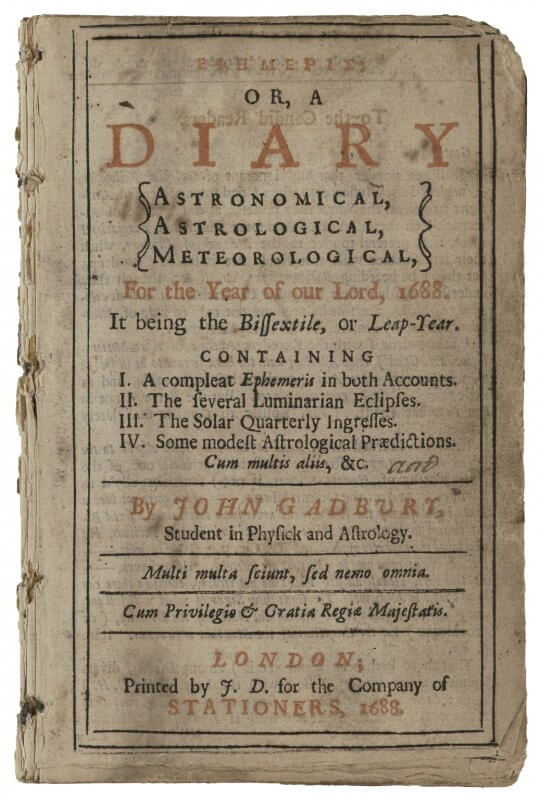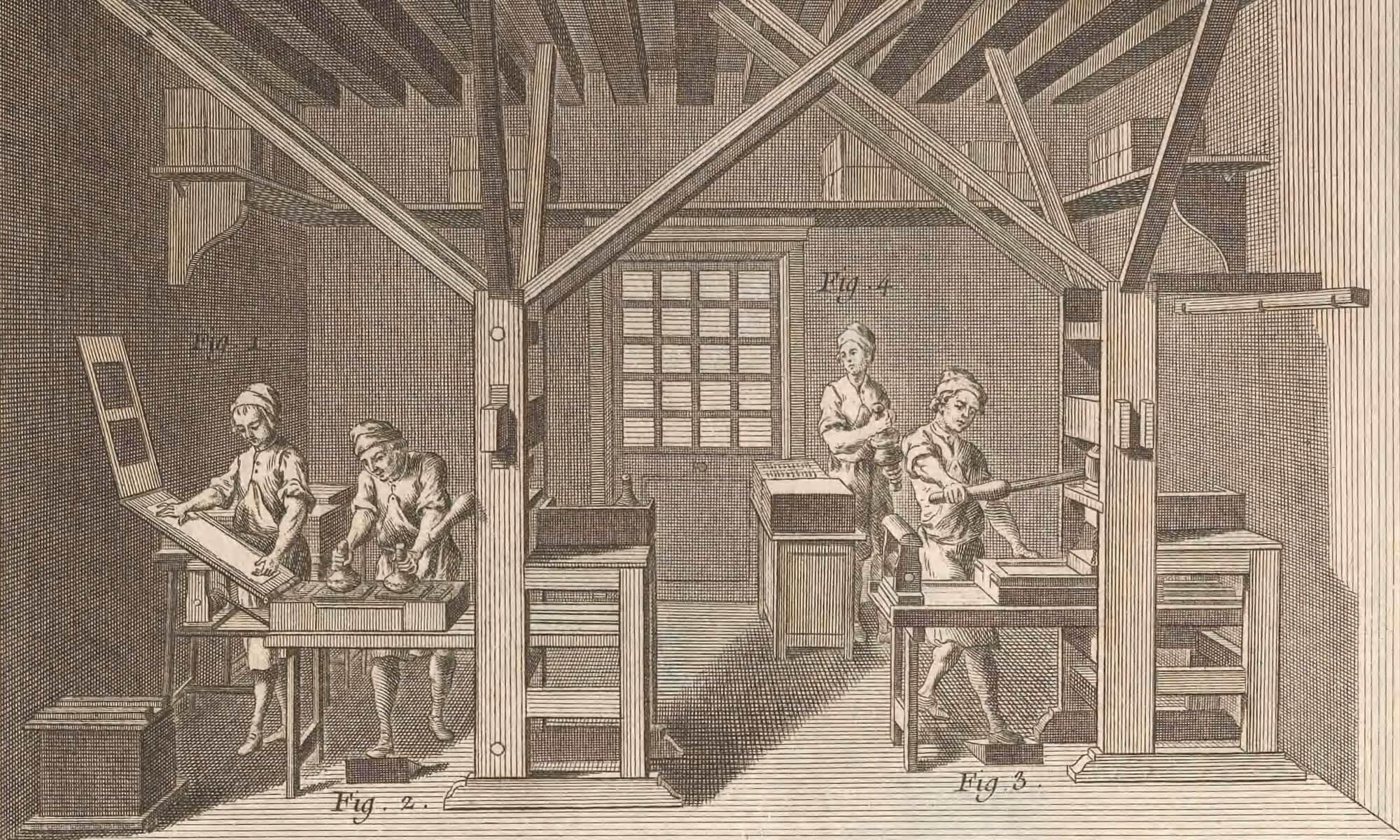Bible, Polyglot, 1657 (T1v)
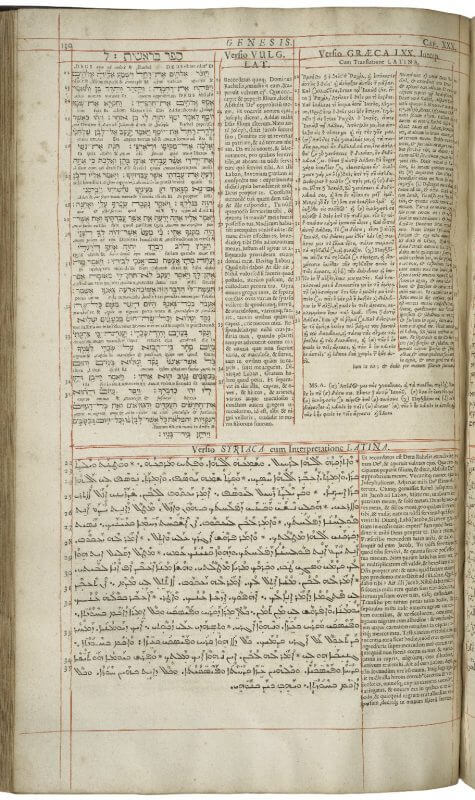
Colloques ou dialogues, 1616 (A1r)
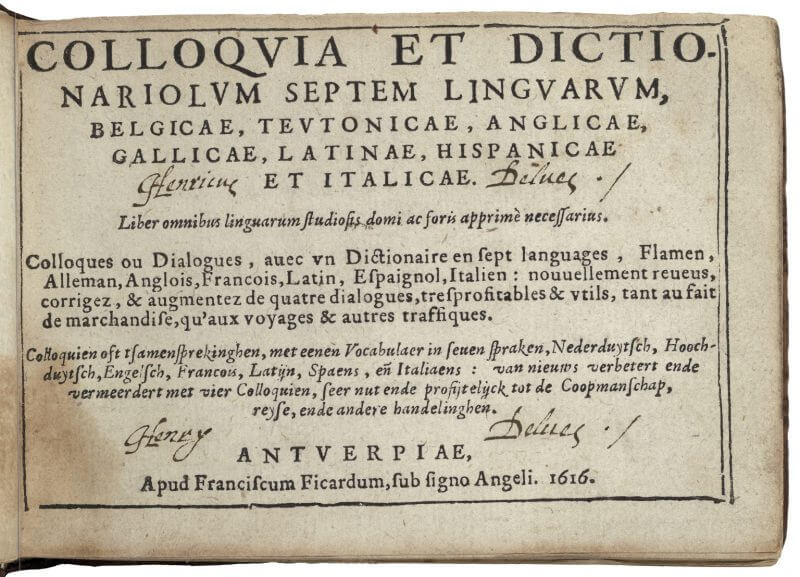
Colloques ou dialogues, 1616 (A4v-A5r)

Comenius, Orbis, 1685 (O1v-O2r)
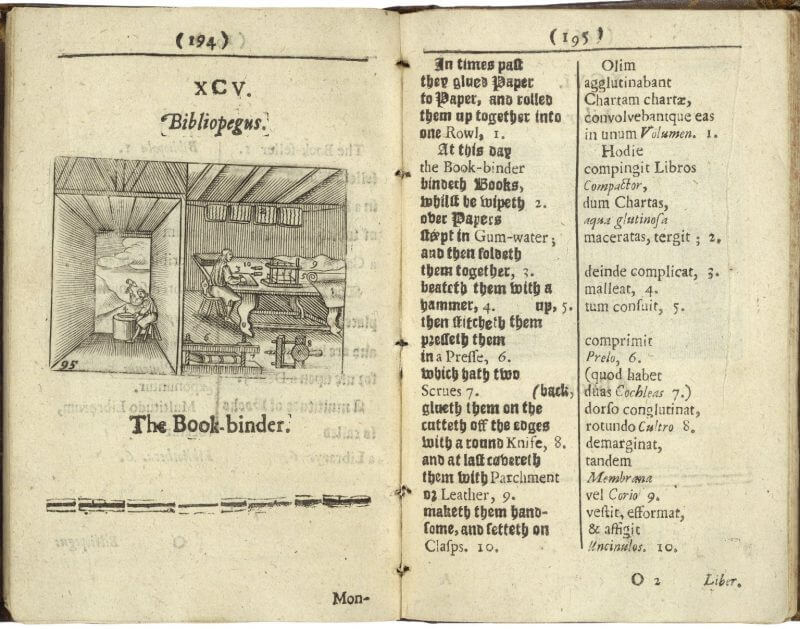
Donne, Juvenilia, 1633 (F1v, raking light)
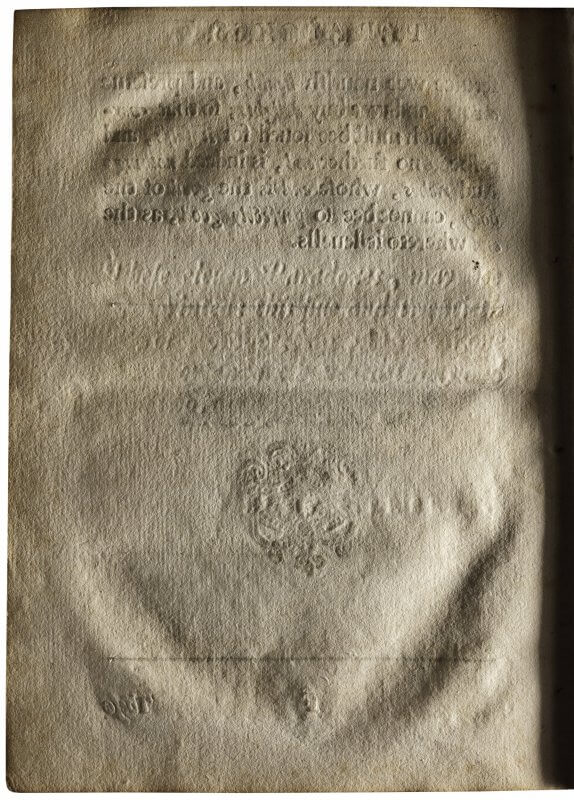
Donne, Juvenilia, 1633 (F1v)
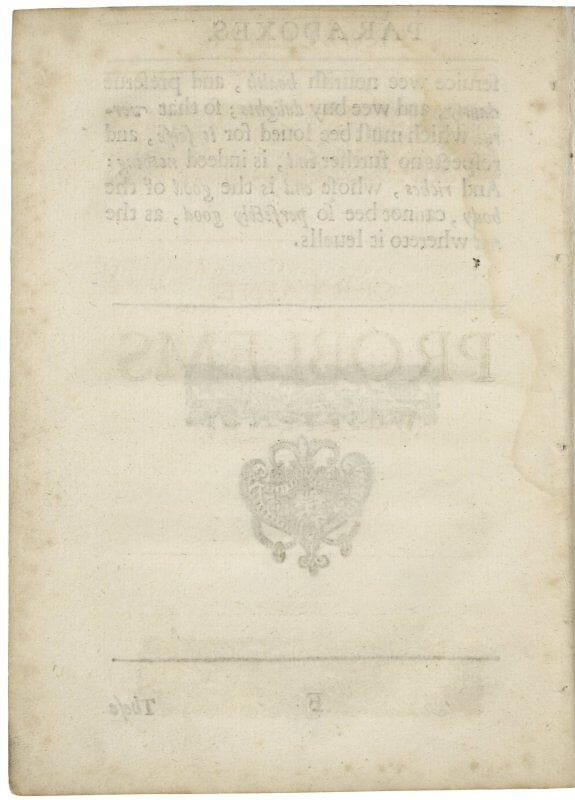
Dove, A new almanack, 1631 (A1r)
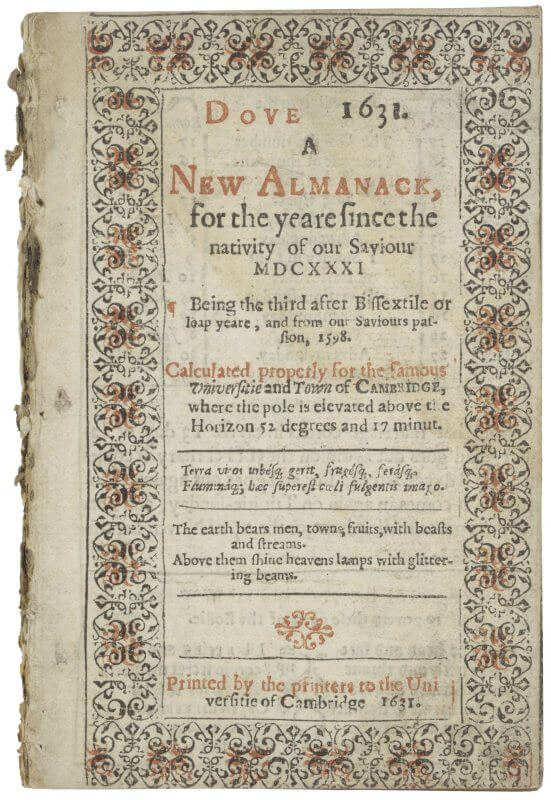
Dove, A new almanack, 1631 (A2v-A3r)
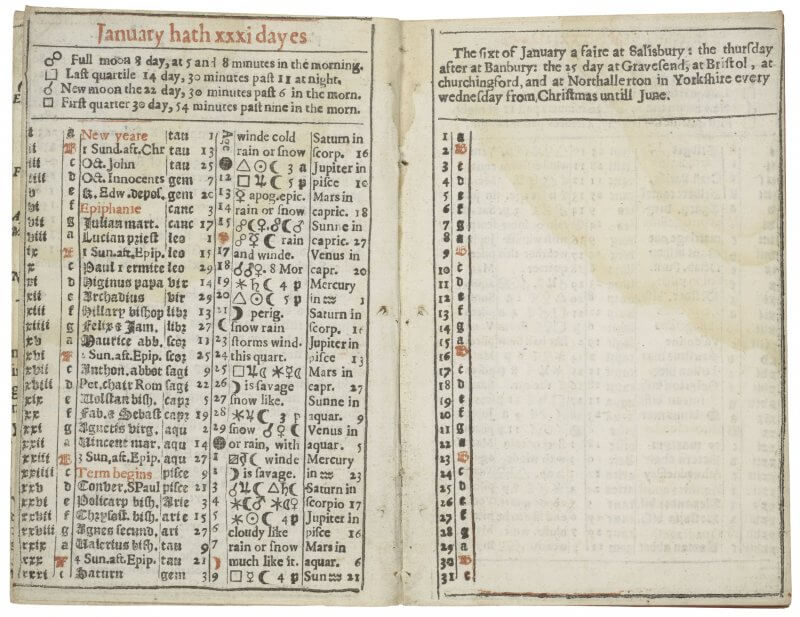
Faithorne, A perpetuall ephemeris (1655)
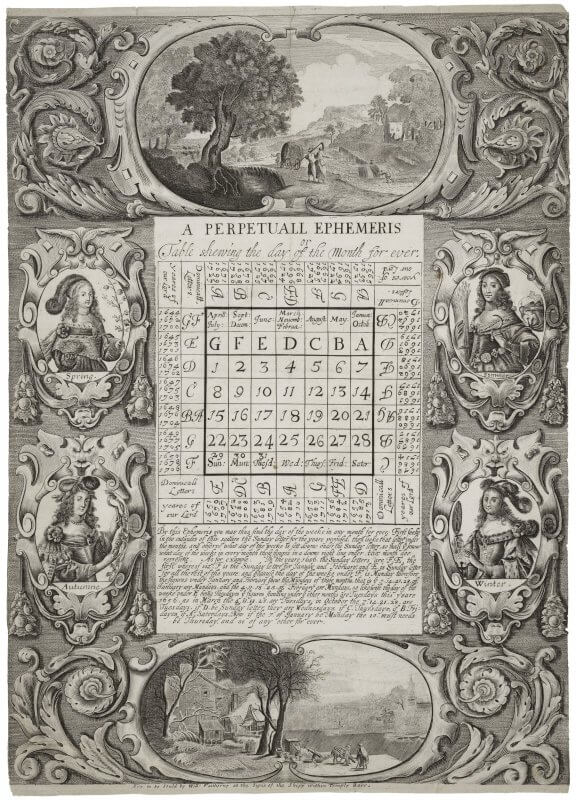
Gadbury, Ephemeris, 1688 (A1r)
